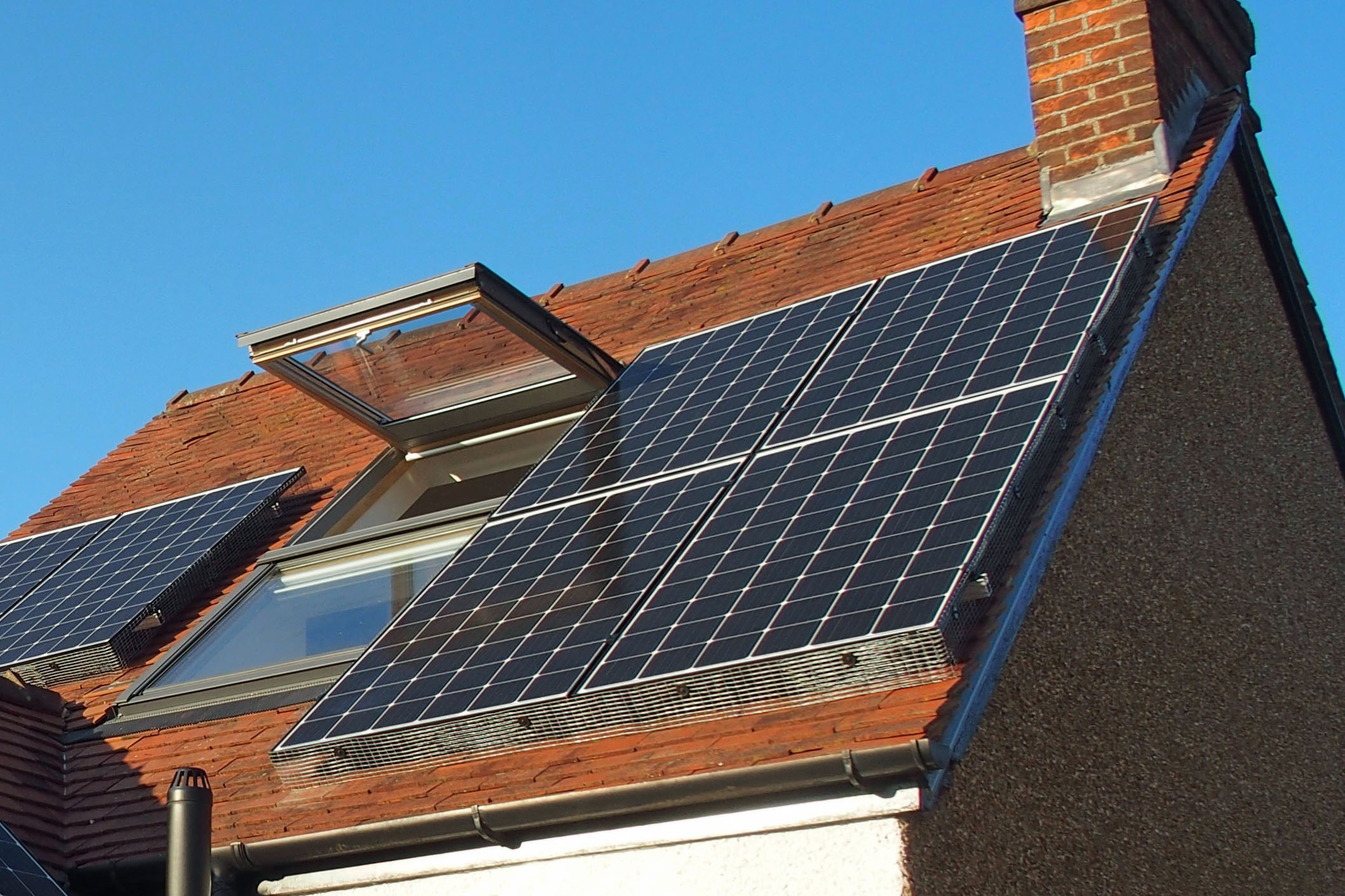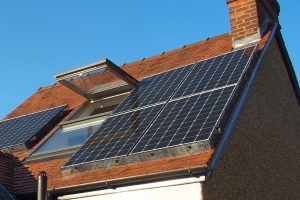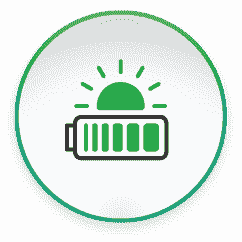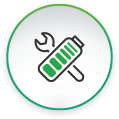Here is our guidance on solar PV maintenance in a typical domestic situation. It is based in part on the IET Code of Practice on Grid-Connected Solar Photovoltaic Systems.
While solar PV systems have few if any moving parts and are generally low maintenance, Tanjent recommends that customers make themselves familiar with the main elements of their systems so that they can recognise issues quickly before they become serious.
1. General
During regular operation, little or nothing should be required to enable normal system operation. However, maintenance or servicing will typically be triggered by:
- an obvious fault that has developed;
- an alarm or error message that has been triggered;
- concern about erratic or poor system behaviour;
- a scheduled service interval;
- a requirement for periodic testing; or
- a change in system ownership.
2. Regular inspections
The purpose of a regular inspection is to ensure that the system is operating normally. It may be performed by the system owner, or by a PV specialist (more common for commercial systems). Regular inspections may include maintenance tasks and some of the test procedures used in a full periodic verification.
All sites, no matter the scale, will benefit from an inspection regime. Faults do occasionally develop in even the best installed and specified PV systems. Missing a fault, or any delay in identifying a fault, can result in loss of income from the PV system.
NOTE: The most obvious fault is usually an inverter failure – if a system has only one inverter this can be seen by a complete drop in system output. Most customers spot such problems pretty quickly; however, even complete failures may go unnoticed for fairly long periods of time. This can be exacerbated by a lack of system monitoring/metering, or by overly complicated or poorly sited displays.
Poor system performance is sometimes difficult to spot and gets more difficult on larger systems with multiple strings – where the loss of just one string can easily be missed. String-level monitoring can detect such faults, but is not installed on all systems.
Tanjent recommends that the system performance should be checked regularly, for example as follows:
- Weekly confirm that the system is generating electricity. This can be seen at the solar meter (the red light will flash while generating, and the generation figure will increase over time), at the inverter (the screen will report generation figures, and there won’t be any alarms showing) and online (via the Internet portal or a smartphone app).
- Annually confirm that the system is generating as much as expected. The annual generation figure (either recorded manually, or extracted from the inverter screen or online portal) can be compared to the expected generation figure from the system’s MCS certificate. If it is less than 90% of the expected value then further investigation should be conducted.
3. Scheduled maintenance
The maintenance scheduled will depend on the system in question, recommendations of the respective equipment manufacturers and any scheduled maintenance requirements of its constituent parts. Typical scheduled maintenance tasks include:
- cleaning of inverter fans and ventilation systems;
- array cleaning (typically only common on ground-mounted systems);
- checking insulation resistance values of the PV array / DC installation; and
- cycling switchgear and similar components in accordance with manufacturer’s instructions, or where identified in the operation and maintenance manuals, for example, due to environmental conditions.
Scheduled maintenance may be linked to service contracts, warranty conditions or performance guarantees.
Solar panels need little maintenance and are designed to be largely self-cleaning from rainfall. Tanjent recommends that panels should be cleaned as necessary (e.g. if tarnished from birds or trees), otherwise about once every 5 years is plenty. It is, however, worth visually checking the panels in autumn and spring to look for accumulated dirt or debris, and also to look for any new shading (e.g. from overhanging branches).
If the panels need cleaning, this should be done with lukewarm low pressure clean water (nothing else is required), for example by a window cleaner. It should be done on a cool day to prevent streaking and to avoid any damage to the glass panels.
Any regular maintenance requirements specified by the manufacturer (e.g. if an inverter has fans that need cleaning) should be done as required.
4. Periodic verification
Periodic verification is scheduled to ensure that the solar PV system remains in a satisfactory operational condition. The inspection and test regime that comprises periodic verification is typically the same or similar to that utilized during initial commissioning.
The interval between periodic verifications may be specified by the client, by the installation company or linked to service contracts, warranty conditions or performance guarantees.
For installations on buildings, as a general rule, the interval between verifications should be no longer than that required by the AC system the solar PV system is connected to.
Tanjent recommends that an electrical inspection of the complete PV system (DC and AC) be conducted in parallel with the regular inspection of the consumer board (‘fuse box’). This is usually done on a regular 5 or 10 year basis for a domestic property.






